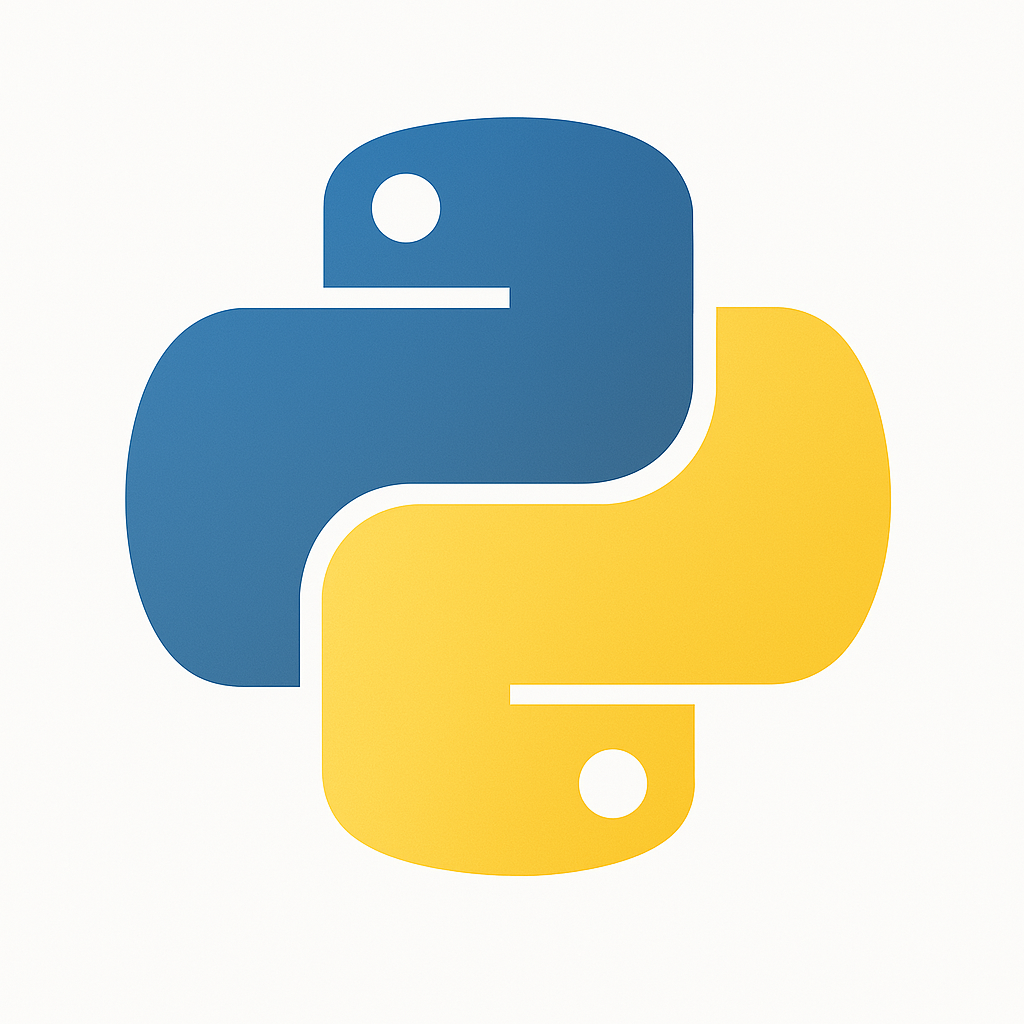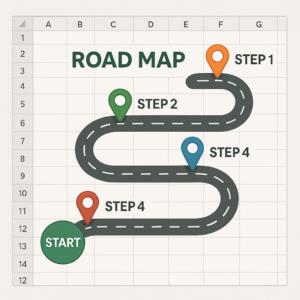*A – Argument*
Values passed into functions; can be positional or keyword-based.
*B – Boolean*
Data type that represents `True` or `False`.
*C – Class*
Blueprint for creating objects with attributes and methods.
*D – Dictionary*
Key-value data structure: `{“name”: “Alice”}`.
*E – Exception Handling*
Using `try-except` to manage errors gracefully.
*F – For Loop*
Iterates over sequences like lists, strings, ranges.
*G – Global Variable*
Variable declared outside all functions, accessible globally.
*H – Heap Memory*
Where objects and data structures are stored dynamically.
*I – If Statement*
Used for decision-making: `if`, `elif`, `else`.
*J – Join Method*
Combines strings in lists: `’ ‘.join(list)`.
*K – Keyword*
Reserved words like `def`, `return`, `class`, etc.
*L – List*
Mutable collection of items: `[1, 2, 3]`.
*M – Module*
A Python file you can import to reuse code.
*N – None*
Represents null/empty value in Python.
*O – Object-Oriented Programming (OOP)*
Supports classes, objects, inheritance, encapsulation.
*P – Pass Statement*
Used as a placeholder when code is syntactically required.
*Q – Queue*
FIFO structure implemented using `collections. deque`.
*R – Recursion*
A function calling itself to solve problems.
*S – Set*
Unordered collection of unique elements.
*T – Tuple*
Immutable sequence: `(1, 2, 3)`.
*U – Unpacking*
Extract values from lists/tuples: `a, b = [1, 2]`.
*V – Virtual Environment*
Isolates Python projects and dependencies.
*W – While Loop*
Executes a block while a condition is true.
*X – XML Parsing*
Handled using libraries like `xml.etree.ElementTree`.
*Y – Yield*
Used in generators to return values without stopping the function.
*Z – Zip Function*
Combines multiple iterables: `zip(list1, list2)`.




